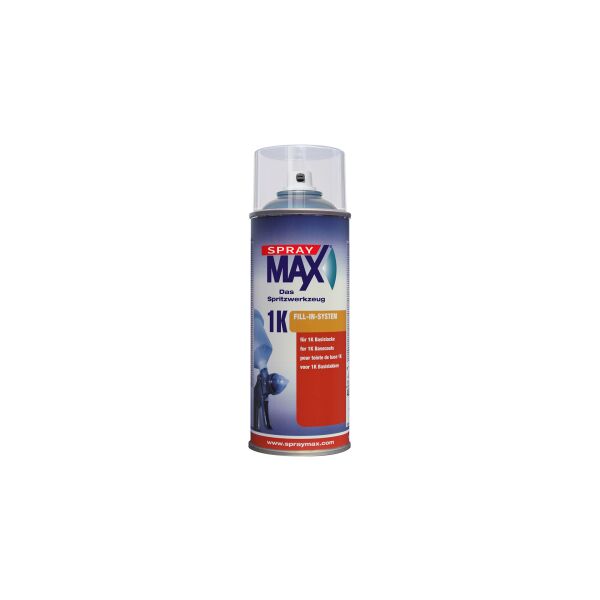The Rise of PAG: A Game Changer in Automotive Refrigerants

Introduction to PAG Refrigerants
With the automotive industry continuously evolving, one emerging topic gaining attention is PAG (Polyalkylene Glycol) as a refrigerant. As concerns over environmental impact and energy efficiency heighten, the need for reliable, eco-friendly alternatives in vehicle air conditioning systems becomes ever more critical. PAG refrigerants are being heralded as a potential solution to these concerns, making this subject highly relevant for automotive manufacturers and consumers alike.
What is PAG?
PAG refers to a type of synthetic oil used in the lubrication of automotive air conditioning compressors. Its properties make it an effective carrier for refrigerants within the A/C systems of vehicles. Unlike older refrigerants such as R-134a, PAG is designed to work efficiently with R-1234yf, a refrigerant that is less harmful to the ozone layer and has a lower global warming potential.
Recent Developments and Applications
Recent shifts in automotive technology, particularly the growing emphasis on sustainability, have positioned PAG as a critical component in modern vehicle climate control systems. Manufacturers are increasingly adopting R-1234yf as the primary refrigerant for new models, with PAG oil playing a key role in ensuring system efficiency and longevity. Observations from leading automotive companies indicate that a significant percentage of new vehicles produced in 2023 now use systems compatible with PAG, reflecting this trend.
In addition, research and development efforts continue to explore advancements in PAG formulations. Enhanced varieties of PAG are being designed to improve operational efficiency, thermal stability, and even further reduce environmental impacts. This innovation comes at a time when the automotive sector faces stricter emissions regulations, compelling manufacturers to adopt more sustainable practices.
Industry Challenges
Despite the benefits associated with PAG, its adoption is not without challenges. Issues concerning the compatibility of PAG with existing systems and the need for thorough training for technicians to manage new refrigerant types are essential considerations. Additionally, the initial costs of transitioning to PAG-compatible systems can be a barrier for some manufacturers. However, as the industry matures and standards are established, these challenges can be effectively addressed.
Conclusion: The Future of PAG in the Automotive Sector
The integration of PAG into automotive refrigerants signifies an important step forward in creating more energy-efficient and eco-friendly vehicles. As the industry grapples with environmental responsibility, PAG represents a crucial innovation that aims to support sustainable development. Shifts in consumer demand towards greener technologies and stringent governmental regulations will likely drive further research and adoption of PAG-based systems in the upcoming years. The long-term viability of PAG depends not only on its initial implementation but also on the collective commitment from manufacturers, technicians, and regulators to ensure its success and sustainability.









